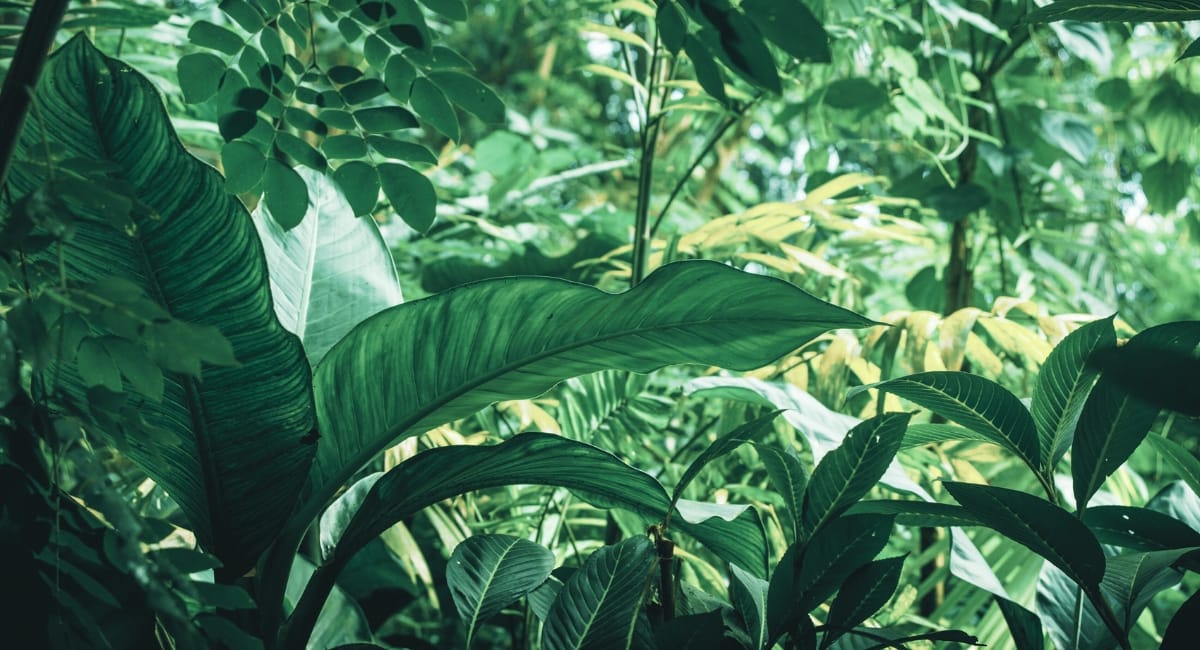In today's fast-paced world, many of us yearn to surround ourselves with nature's beauty but find ourselves short on time to tend to high-maintenance plants. Fortunately, there's a solution: low-maintenance plants. These resilient and adaptable greens not only bring a touch of nature indoors but also require minimal care, making them perfect for busy individuals or those new to gardening. Let's explore the world of low-maintenance plants and discover how they can enhance our living spaces effortlessly.
What Makes a Plant Low Maintenance?
Before delving into specific plant recommendations, it's essential to understand what characteristics make a plant low maintenance. Generally, low-maintenance plants exhibit the following traits:
Tolerance to Neglect
These plants can thrive even with irregular watering or occasional neglect. They are forgiving of minor lapses in care.
Adaptability
Low-maintenance plants can adapt to various environmental conditions, including low light levels, fluctuating temperatures, and poor soil quality.
Slow Growth
Unlike their high-maintenance counterparts, low-maintenance plants tend to grow slowly, reducing the need for frequent pruning or repotting.
Disease Resistance
They are less susceptible to pests and diseases, minimizing the need for pesticides or fungicides.
.
Top Picks for Low-Maintenance Plants
Now that we understand the characteristics of low-maintenance plants let's explore some popular options that are perfect for both indoor and outdoor settings:
Snake Plant (Sansevieria)
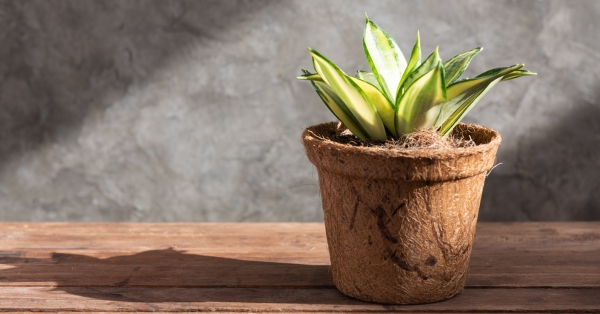
Light Requirements: Low to bright, indirect light.
Watering: Allow soil to dry between waterings.
Benefits: Known for its air-purifying properties, the snake plant is virtually indestructible and can survive in low-light conditions.
.
ZZ Plant (Zamioculcas Zamiifolia)
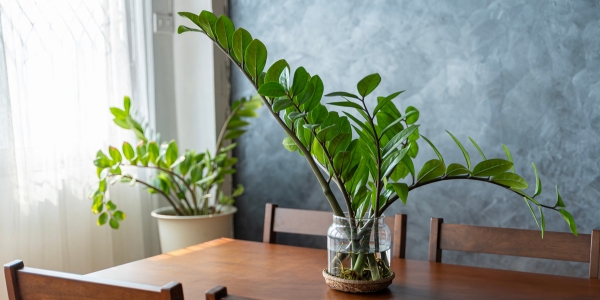
Light Requirements: Low to moderate, indirect light.
Watering: Water sparingly; allow soil to dry out completely between waterings.
Benefits: Requires minimal attention and can thrive in various lighting conditions, making the ZZ plant an excellent choice for beginners.
.
Peace Lily (Spathiphyllum)
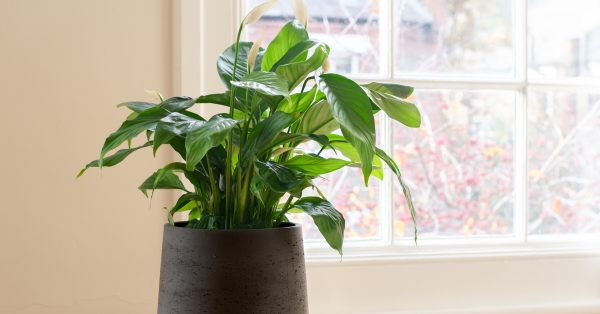
Light Requirements: Moderate, indirect light.
Watering: Keep soil consistently moist but not waterlogged.
Benefits: Known for its elegant white flowers, the peace lily is a resilient plant that can tolerate low light and occasional neglect.
.
Succulents
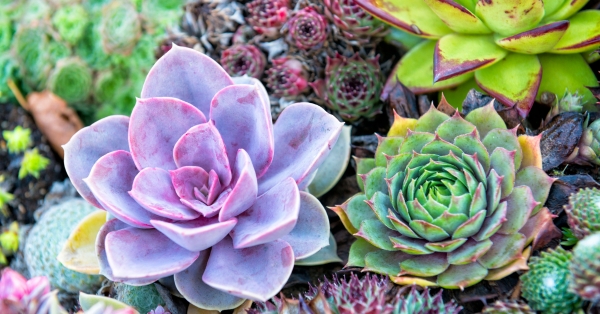
Light Requirements: Bright, indirect light.
Watering: Allow soil to dry completely between waterings.
Benefits: Succulents come in a variety of shapes and sizes and require minimal watering, making them ideal for busy individuals or forgetful gardeners.
.
Spider Plant (Chlorophytum comosum)
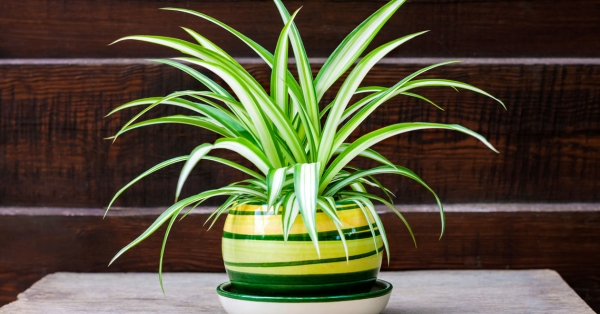
Light Requirements: Moderate, indirect light.
Watering: Keep soil evenly moist but not soggy.
Benefits: Easy to grow and propagate, spider plants are known for their air-purifying qualities and can thrive in a variety of conditions.
.
Pothos (Epipremnum aureum)
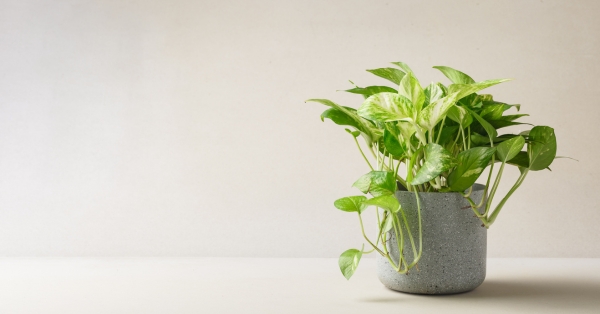
Light Requirements: Low to moderate, indirect light.
Watering: Allow soil to dry out between waterings.
Benefits: Pothos is a hardy vine that can tolerate low light and neglect, making it perfect for hanging baskets or trailing from shelves.
Tips for Caring for Low-Maintenance Plants
While low-maintenance plants require less attention than their high-maintenance counterparts, they still benefit from some basic care:
Provide Adequate Light
Even low-maintenance plants need sufficient light to thrive. Place them near windows or under grow lights to ensure they receive the light they need.
Water Appropriately
While these plants are resilient, it's essential not to overwater them. Allow the soil to dry out between waterings to prevent root rot.
Monitor for Pests
While low-maintenance plants are generally resistant to pests, it's essential to keep an eye out for signs of infestation, such as yellowing leaves or sticky residue.
Repot as Needed
As your plants grow, they may outgrow their pots. Repot them into larger containers as needed, using well-draining soil to promote healthy root growth.
By incorporating low-maintenance plants into your home or garden, you can enjoy the benefits of nature without the hassle of constant care. Whether you're a seasoned gardener or a novice enthusiast, these resilient greens are sure to brighten your space and bring a sense of tranquillity to your surroundings. So why wait? Embrace nature with low-maintenance plants today!


